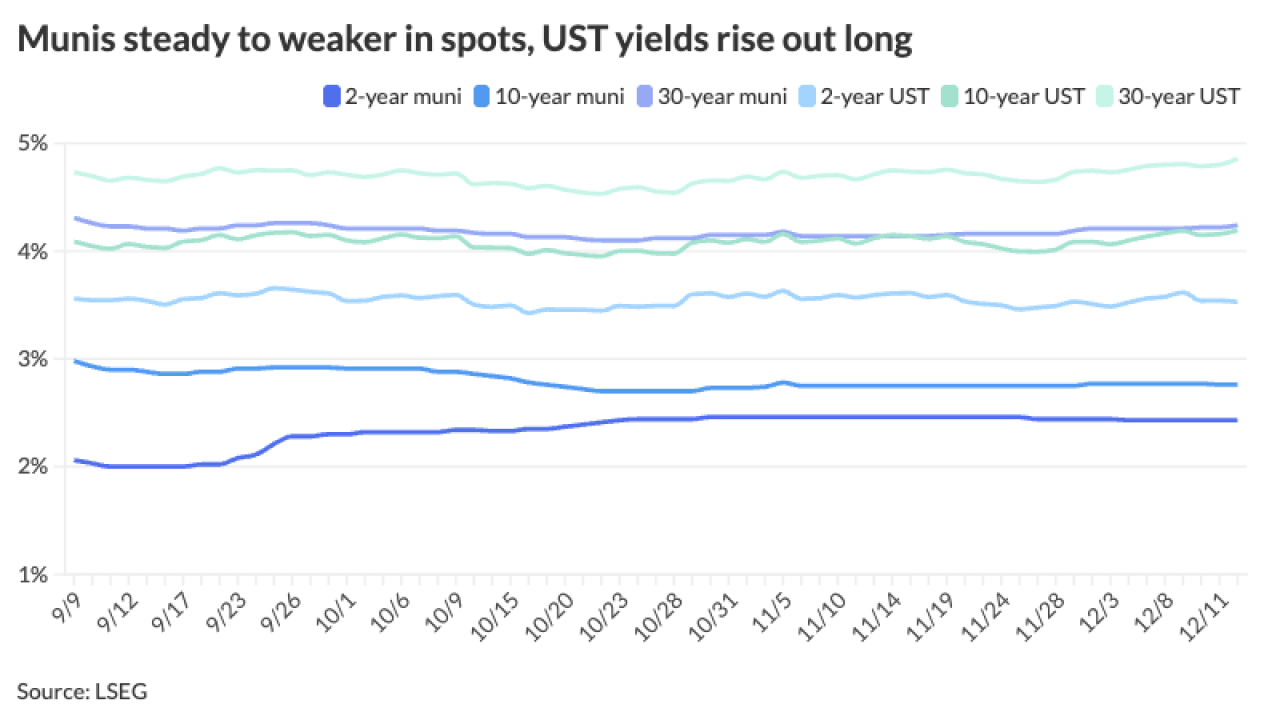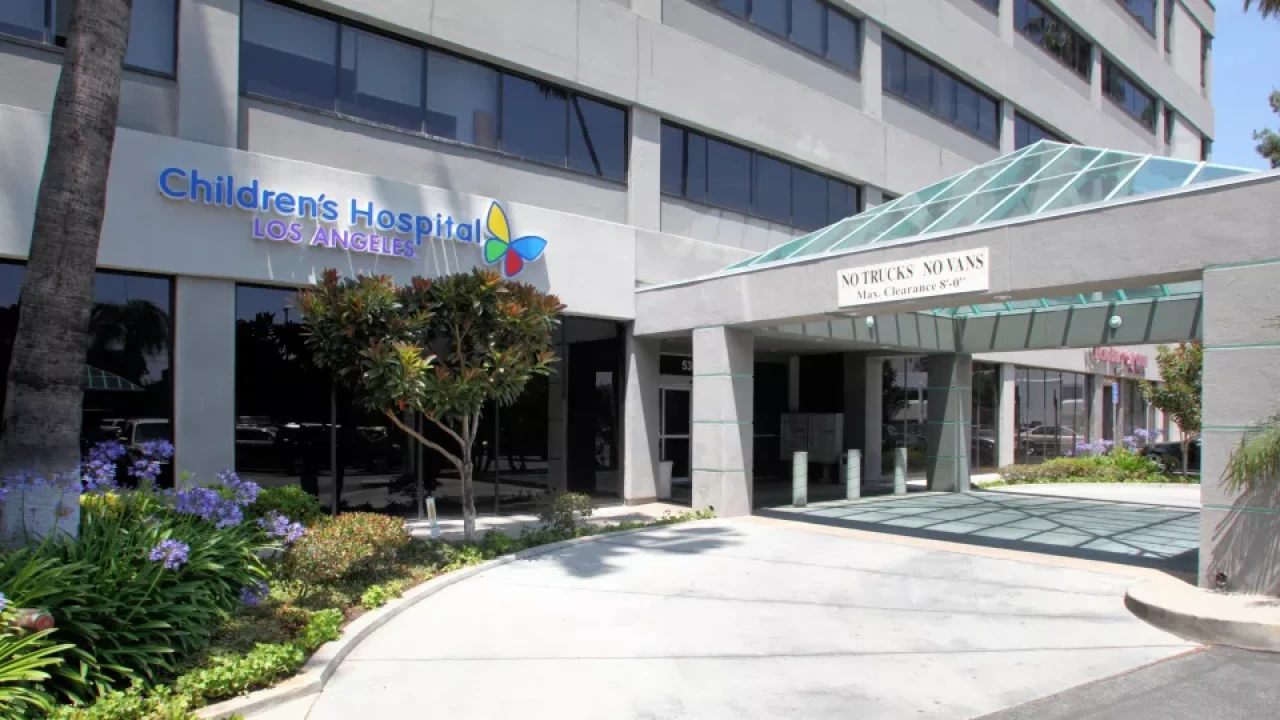State and local authorities are providing funds to keep their top federally run tourist attractions open during the government shutdown.
Despite their efforts, problems are piling up in the national parks, and three deaths have been reported, as the National Park Service curtails maintenance operations.

In Arizona, the state is paying nearly $65,000 per week to keep the Grand Canyon open under the Grand Canyon Protection Plan devised by Republican Gov. Doug Ducey in 2018. The money is diverted from the state parks and recreation budget.
“Regardless of what happens in Washington, the Grand Canyon will not close on our watch,” said Ducey said after President Donald Trump’s partial shutdown of the federal government.
Trump said he would not restore government funding until Congress provides $5.6 billion to build a section of a wall on the U.S.-Mexico border. Democrats who control the House of Represenatives are opponed, pushing to end the shutdown with a clean spending bill.
The non-partisan National Governor’s Association has urged Trump and Congressional leaders to end the shutdown.
"A federal government shutdown should not be a negotiating tactic as disagreements are resolved," a letter from the NGA to Trump and the leaders said.
“Critical programs for states – including the National Flood Insurance Program, Temporary Assistance for Needy Families, and the Land and Water Conservation Fund – will lapse without congressional action to extend their expiring authorizations,” the letter daid.
The letter signed by Montana Democrat Steve Bullock, chairman, Maryland Republican Larry Hogan, vice chairman, was made public Tuesday, the 18th day of the shutdown
During the current shutdown, the state of New York is keeping the Statue of Liberty and Ellis Island open at a cost of $65,000 per day. Gov. Andrew Cuomo said the state would lose $1 million per day in economic benefits if the statue were to close.
In California’s Yosemite National Park, the death of a visitor went unreported for a week due to the shutdown. The National Park Service has quit updating its website since the shutdown.
Yosemite and the other parks remain open but are not collecting entrance fees. Yosemite’s usual staff of about 800 has been reduced to about 50. Visitors report congested traffic, growing piles of trash and backed-up toilets.
At Yellowstone National Park, businesses in Wyoming and Montana are paying about $7,500 per day to keep the park open. The snow-covered park sees a much smaller number of visitors in January than in the summer.





